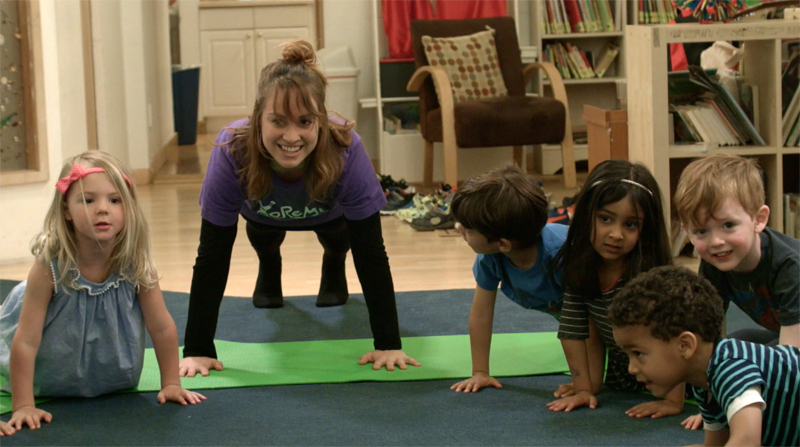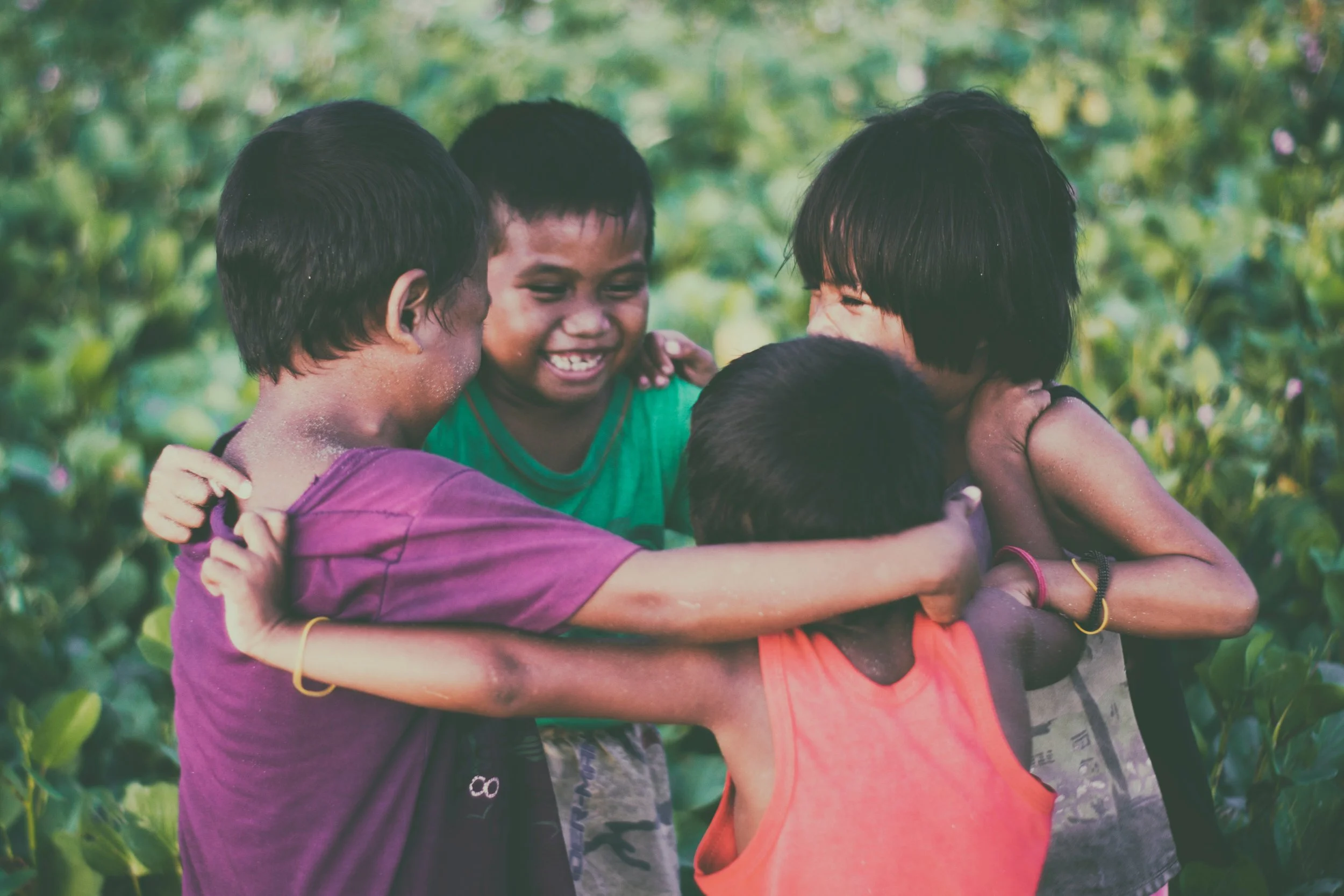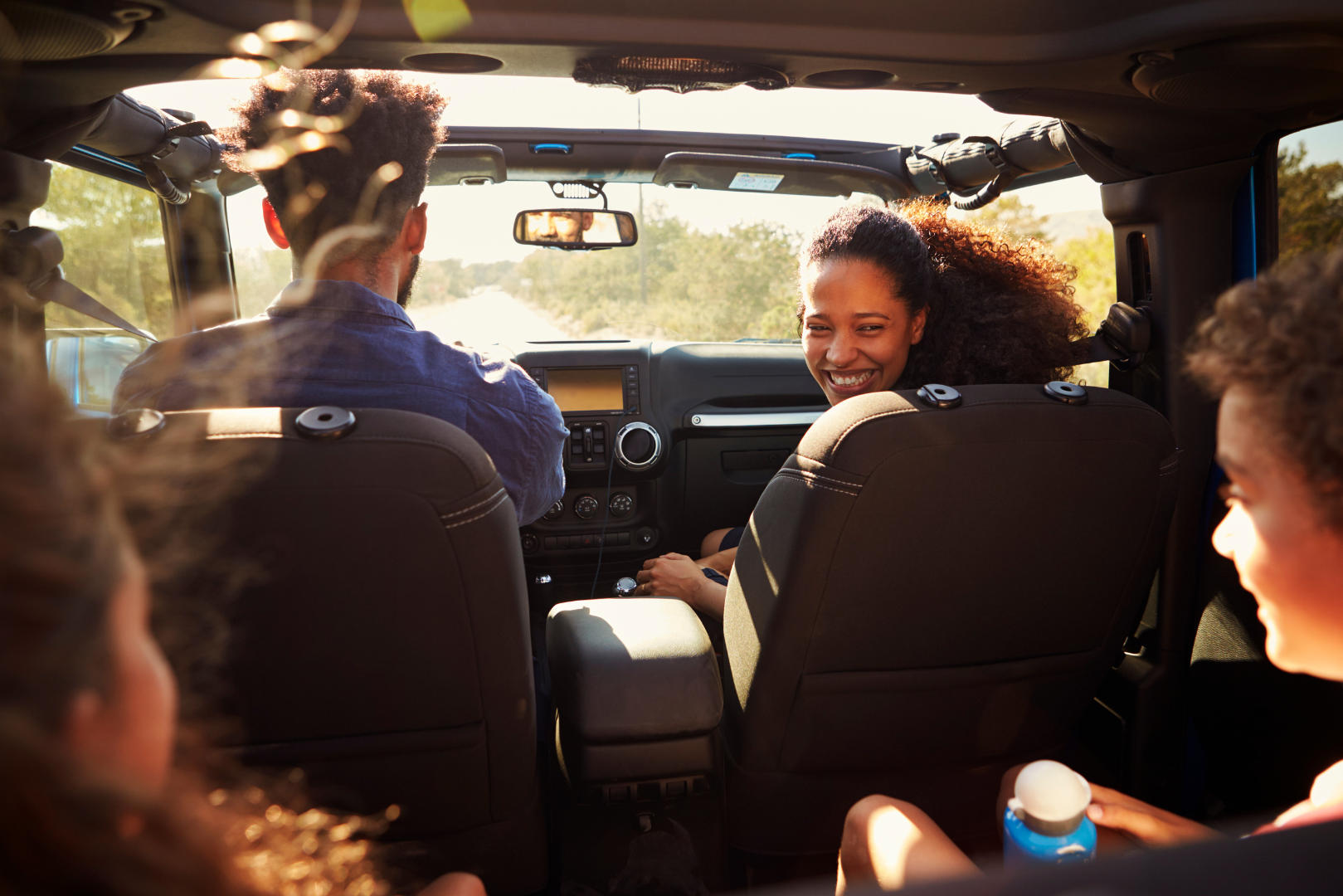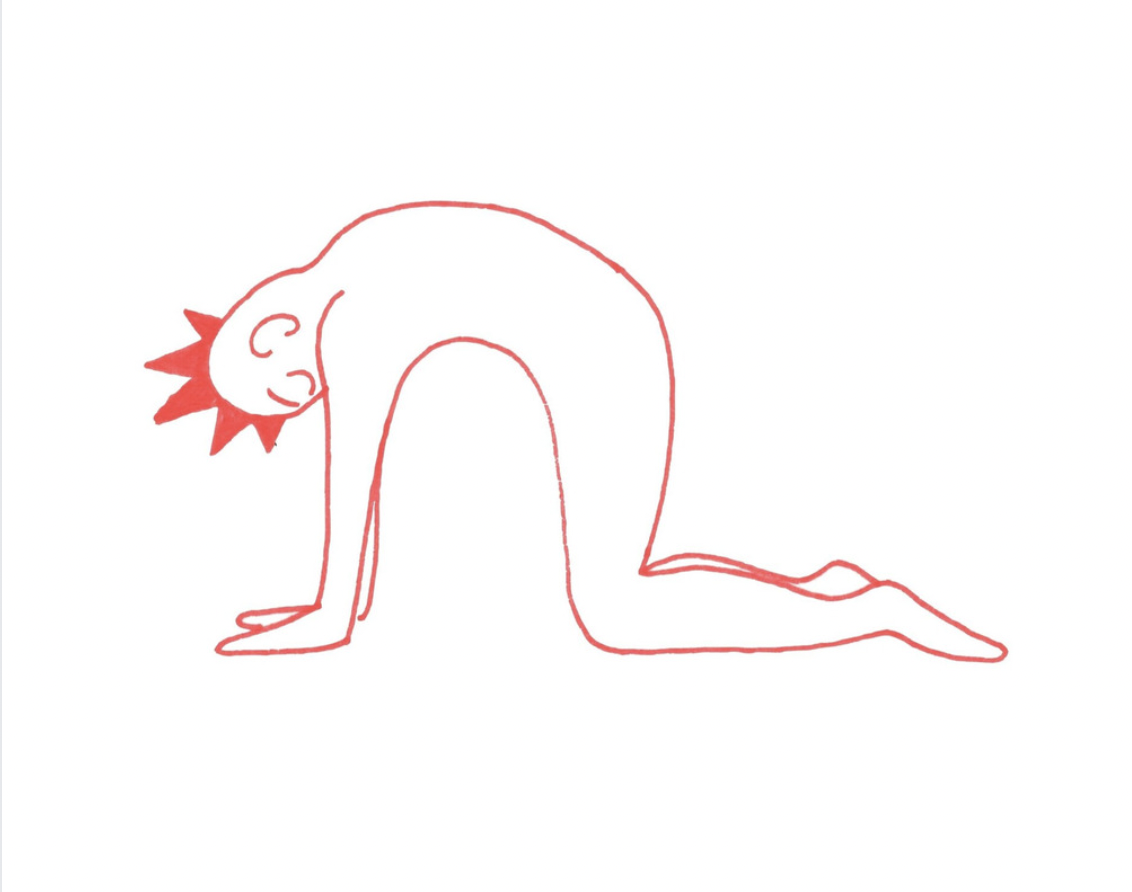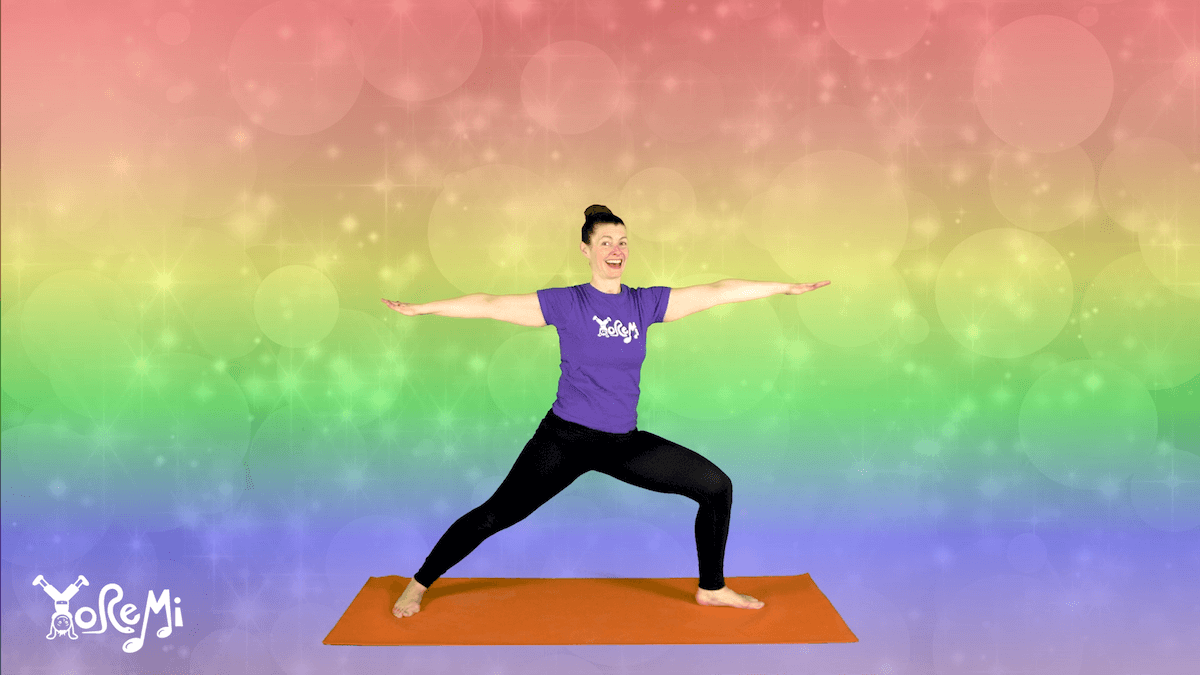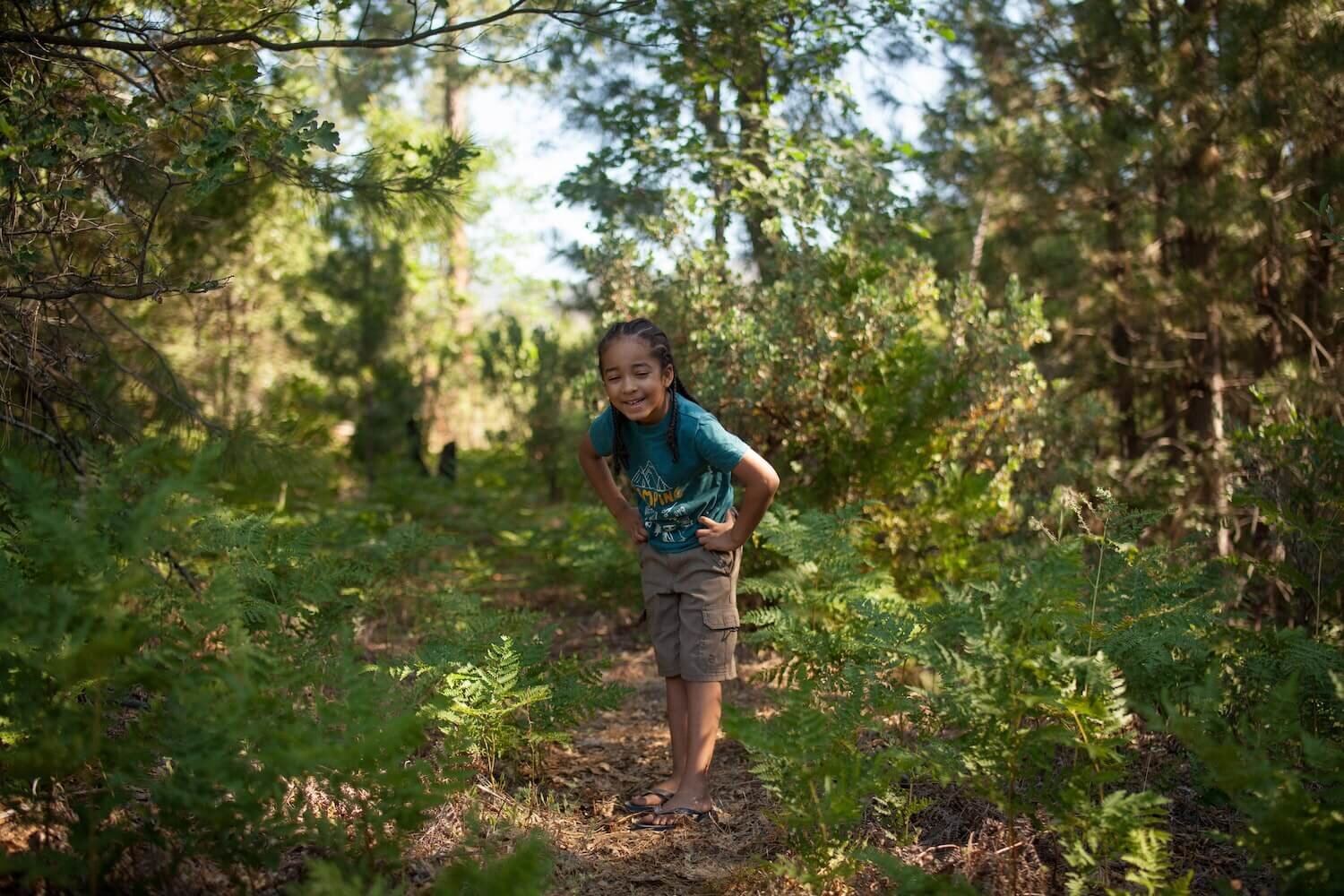5 Ways to Be a Better Kids Yoga Teacher
“Play is the work of childhood.”
A friend of mine leads exclusive classes in fancy high-rise buildings in NYC. One day she texted me in a panic: “Bridget, what do I do? I have to teach a “Mommy and Me” class and I have no idea what to prepare or what to expect!” My number one piece of advice to her?
HAVE FUN.
As yoga teachers (especially to our precious youth), it can be scary to have the responsibility of taking part in raising and developing children in a mindful, positive and constructive environment. You are not alone: we all want to be effective yoga teachers to children, and are always open to learning new ways to improve. After teaching countless kids yoga classes, here are five ways I’ve learned to be an even better children’s yoga teacher.
Tip #1: Lighten Up in Yoga Class
Why so serious? Kids can sense your nerves from a mile away. Take a page out of the Joker’s book and lighten up!
Where along the line did we think we’d become too corporate, too serious, too old to have fun? In my adult yoga classes, if a teacher makes a joke, it takes everyone a moment to realize they’re allowed to laugh.
Children want to laugh and play.
According to Steve Gross M.S.W., the Founder of Life Is Good Playmakers, “playfulness is a superpower.” In his TEDx Talk at UMass Amherst, he makes a case for play as incredibly imaginative learning. He shares, “[Don’t] allow anything to rob you of an opportunity to engage, to connect, and to explore...that’s the magic of playfulness.”
If you’re playing and engaging with your students, young or old, you’re bound to have fun, and if you’re having fun, I’m willing to bet your students are too. It’s a feedback loop of powerful positivity!
So teachers, I say unto you, HAVE FUN.
Tip #2: Make Your Lesson Plan Age Appropriate
Now all of this advice I’m slinging around here should also be taken with age appropriate achievement levels in mind. As we know, different ages have different developmental milestones that they’re working on, so not every asana or flow is great for every student.
I may have my two and three year old students working on balance with poses like Tree Pose, while my six to seven year old students are working on balance with Dancer or Half Moon. Keep safety in mind and keep an eye to the vocabulary of “try” so they learn to appreciate the process rather than the result.
Tip #3: Emphasize Growth in Yoga
With my students I like to emphasize a growth mindset. This includes language that empowers children to greet challenges with enthusiasm and the belief that all skills can be developed when practiced with gusto. Approach difficult poses with a reminder that all yoga is practice and the more we practice anything the stronger we will become.
Practicing a growth mindset is certainly a theme we need to be bringing into our adult classes as well. If you’re more in the camp of a fixed mindset, those whispers in your mind that say a person has innate and finite ability, never fear! Your beliefs can be changed. I know, I am a recovering fix-y.
Let’s work together to adapt our language to empower our children and ourselves!
Tip #4: Practice What You Preach... Errr, I mean, teach
Want to introduce meditation and mindfulness to your kids or students? The easiest way is to practice and engage with mindfulness yourself, and then you share how great it makes you feel. There are plenty of fun games and crafts to create together to get the conversation rolling. My favorite starter game? The Glitter Jar! Here’s what I say and do to start the conversation about deep, mindful breathing:
The glitter jar:
“When I’m feeling really angry…”
(shakes the glitter jar)
“…this is what my mind feels like. Look at all that glitter swirling around like crazy! So I take a deeeeeep breath…”
(watch the glitter slowly sink to the bottom)
“…and let all of my thoughts sink down. Who wants to try?”
Courtesy of lego family
If you’re not into glitter or jars, there are thousands of kids books, games and stories you can use to introduce these themes. Start small and build up.
Tip #5: Pause and LISTEN
Sometimes we need to take a deep breath and allow the teacher to be taught. Kids are bursting with ideas and suggestions. USE THEM. One of the strongest scaffolds for developing social and emotional skills is asking the children to actively participate and encounter each other within the space.
Stumped on a flow or lesson plan? Figure out which developmental skill you want to work on, then consult with your students for ideas. Ask them, “What animal could we see when we climb the tree? A bird? Let’s make a bird with our bodies! (a great theme for Warrior pose).
Kids absolutely love it when you take their ideas and run with them, and in the meantime, they are also learning social and emotional skills! Taking turns, encouraging their peers, teamwork — these are all SEL skills that we as children’s yoga teachers strive to impart to our classes in fun and engaging ways.
Do you love yoga AND music? You can learn more at our children’s yoga teacher training! We’d love to see you there. If you’re curious check out our last teacher training here.
Yoga teacher training is beneficial for educators, administrators, and aspiring yoga teachers alike (not to mention the kids themselves).Contact us for more information. We’d love to have a conversation.
Share this post on Pinterest
Please join us for Our upcoming Teacher Training:
Children's Yoga Teacher Training, 30-Hour Certification - Reserve the latest dates.

